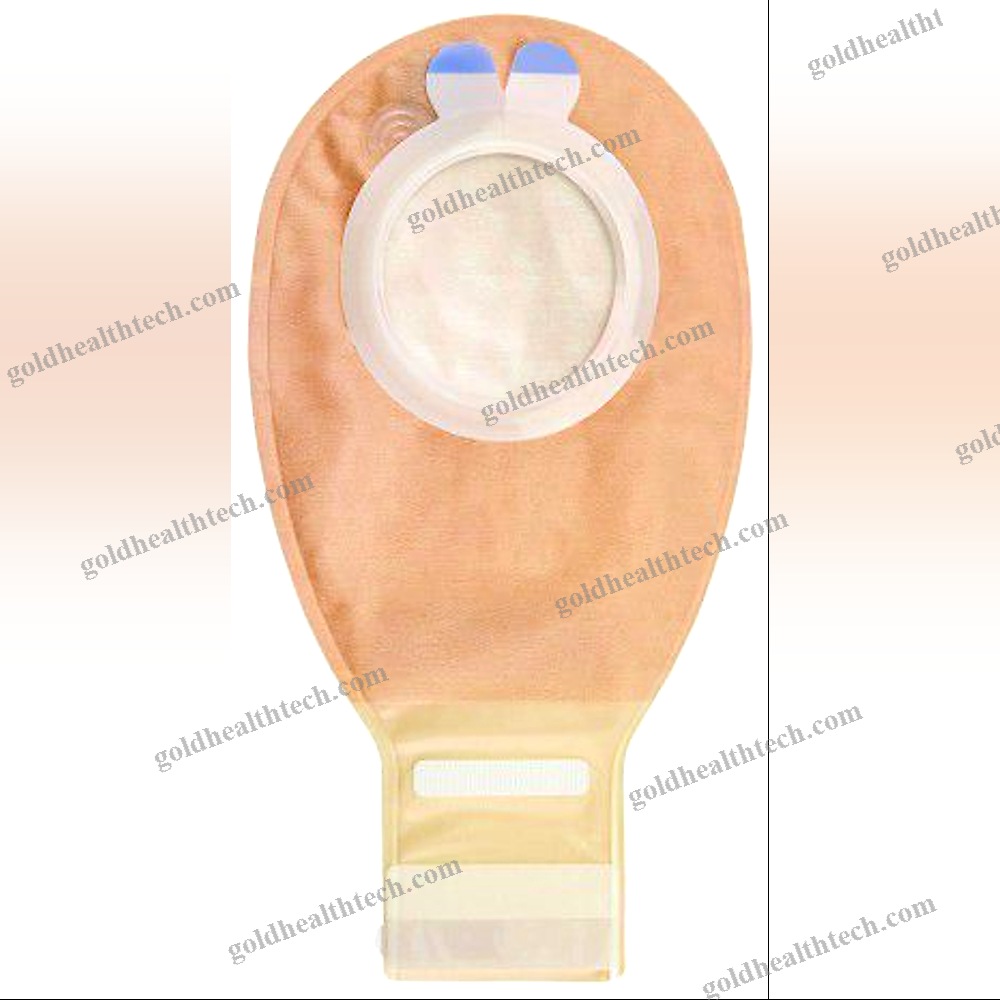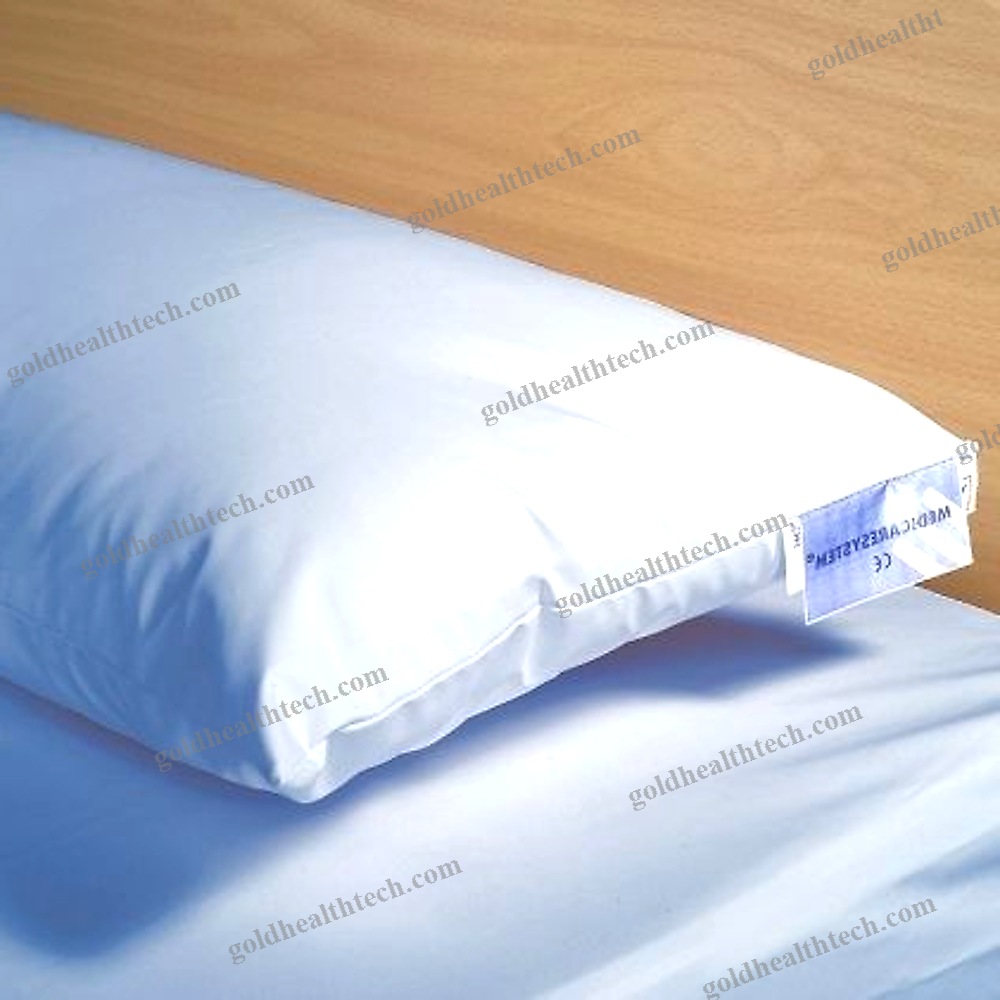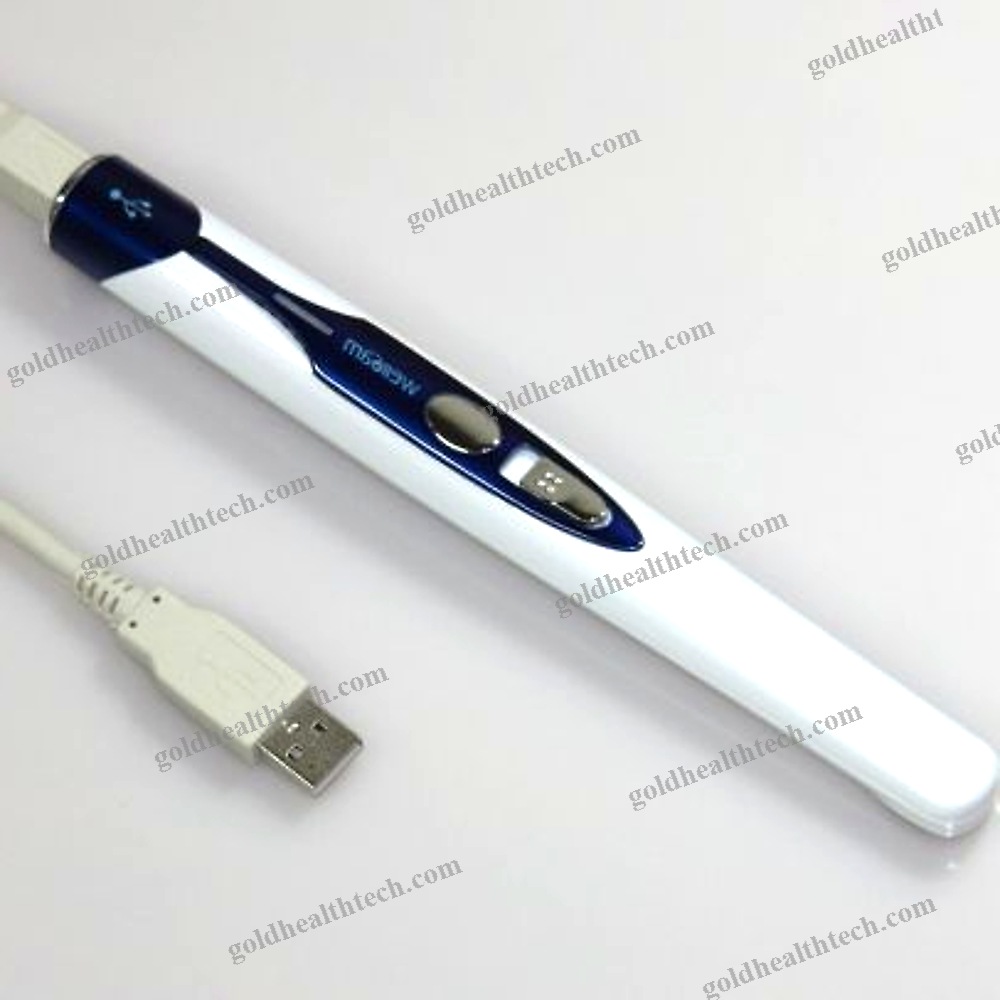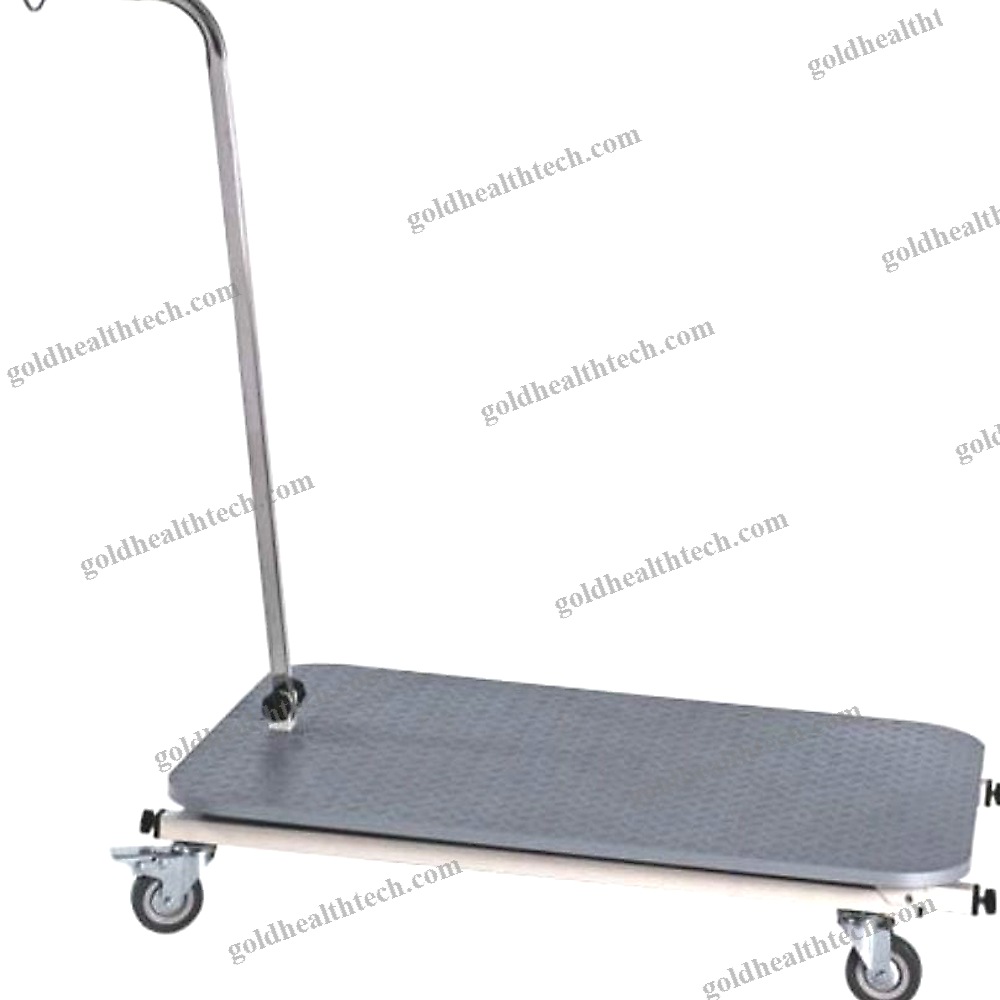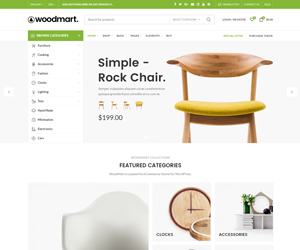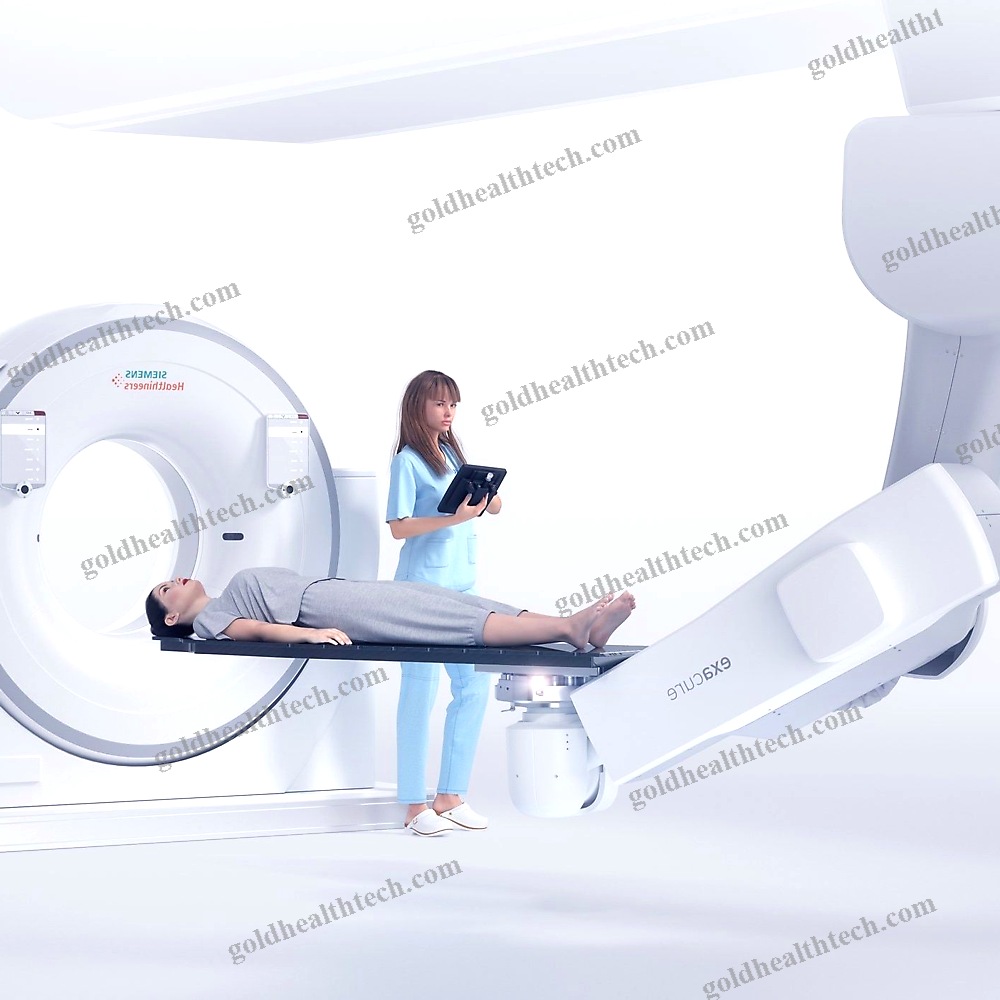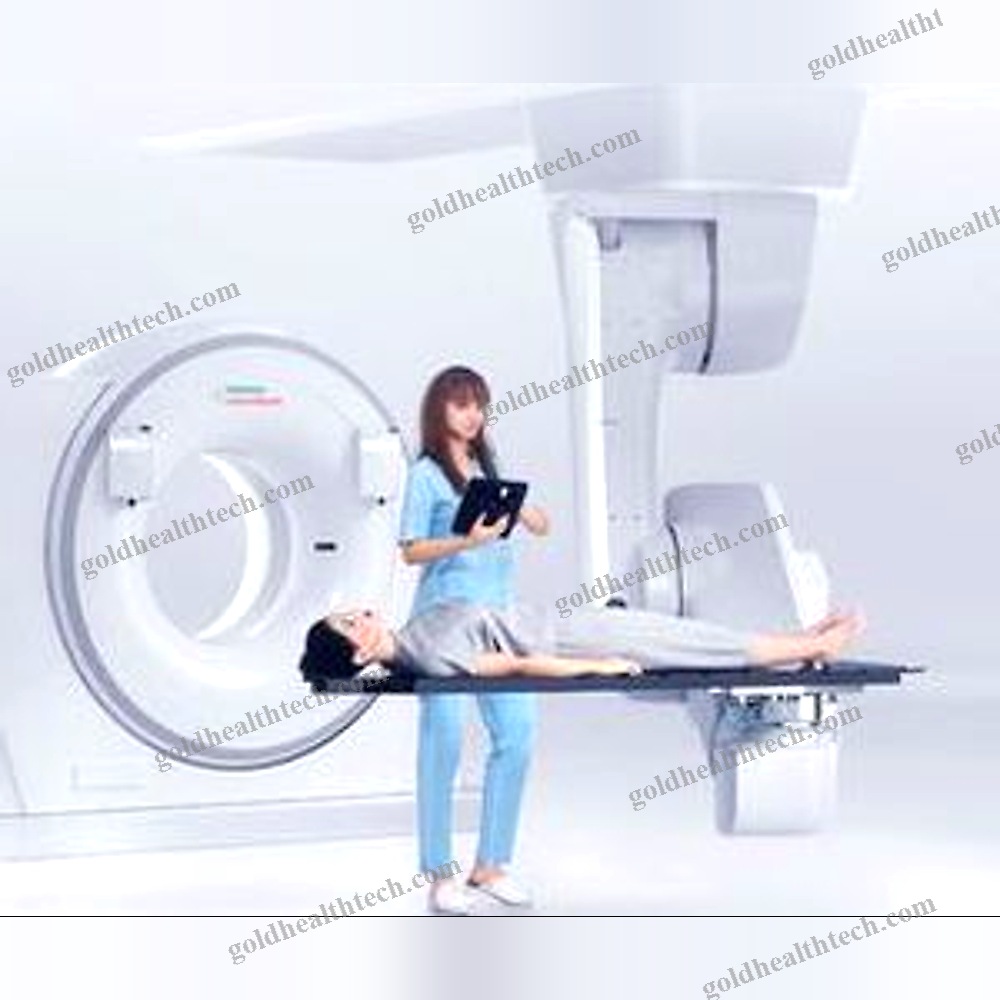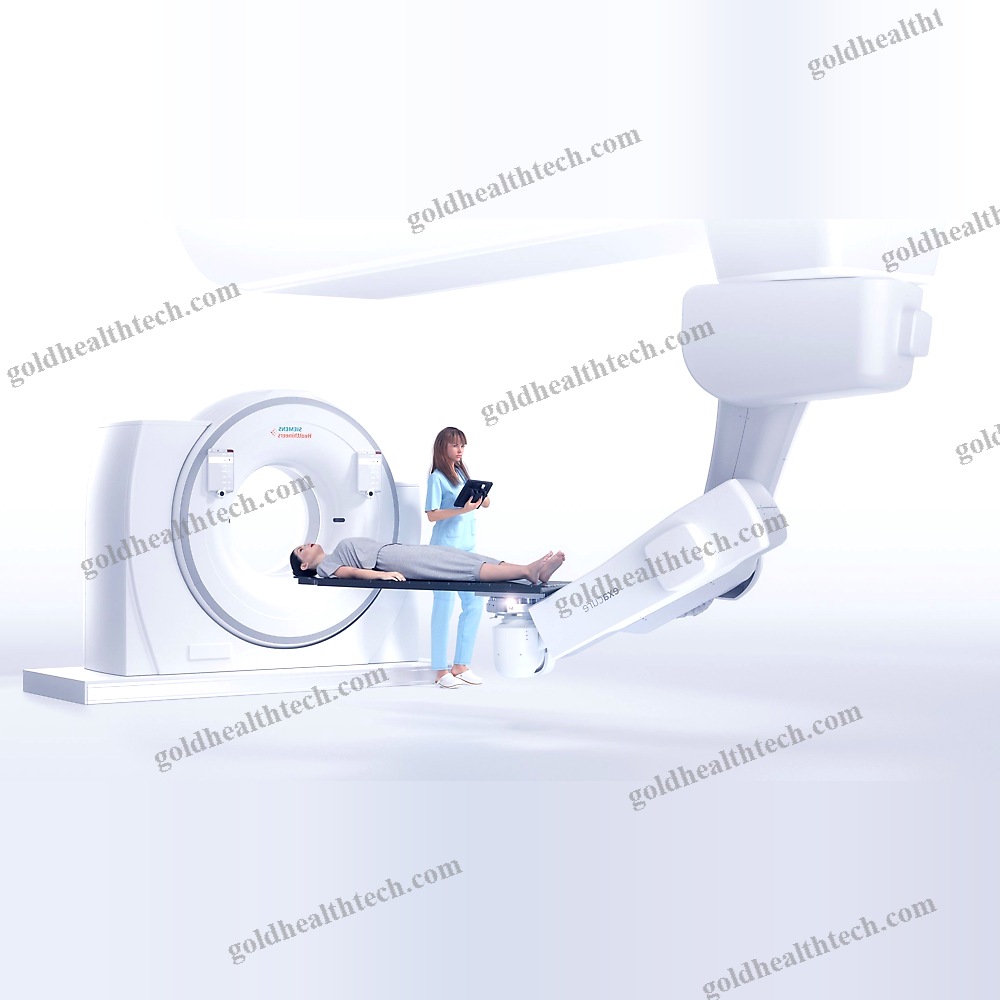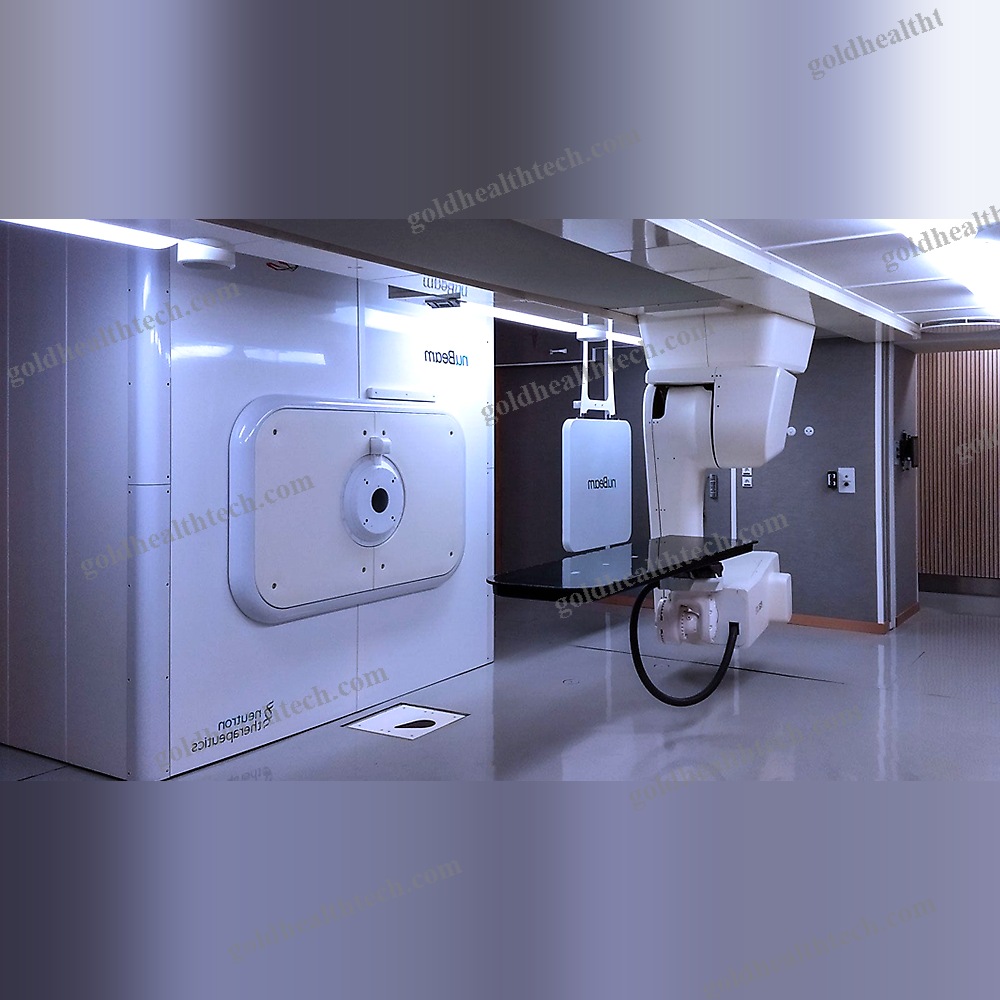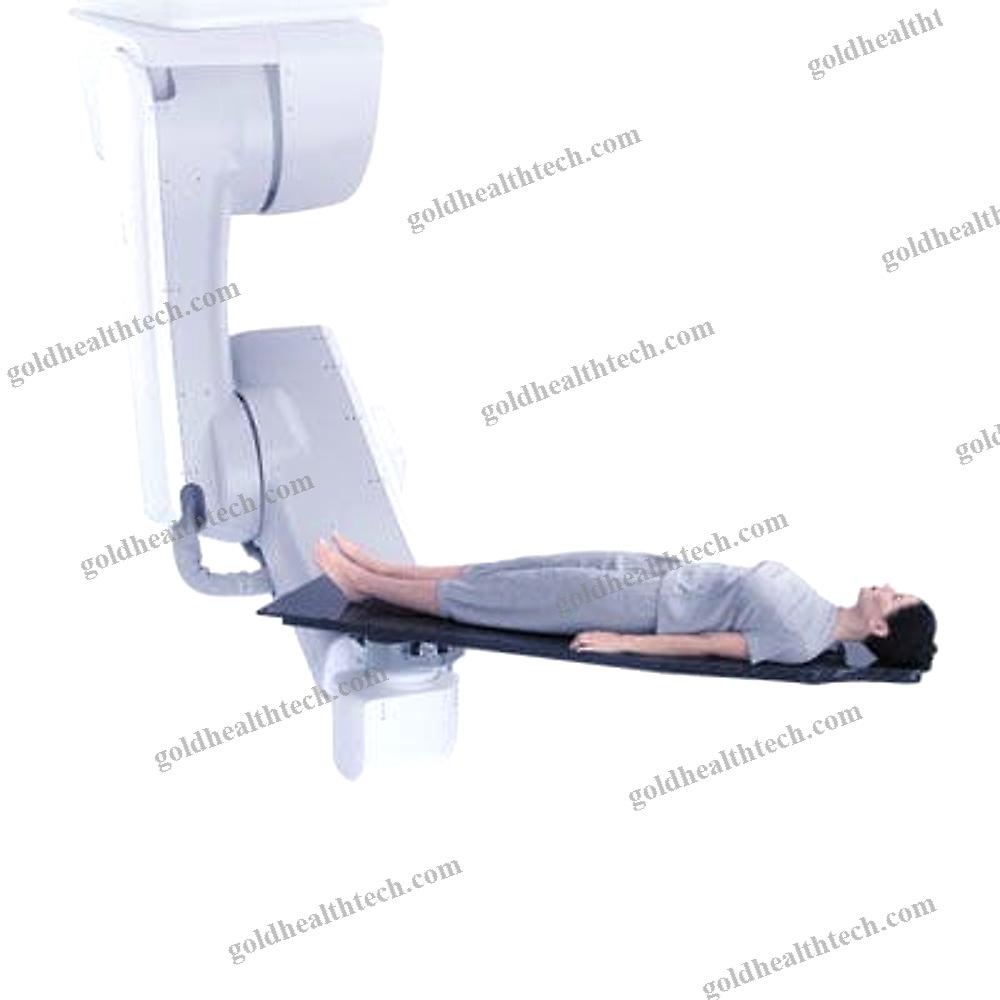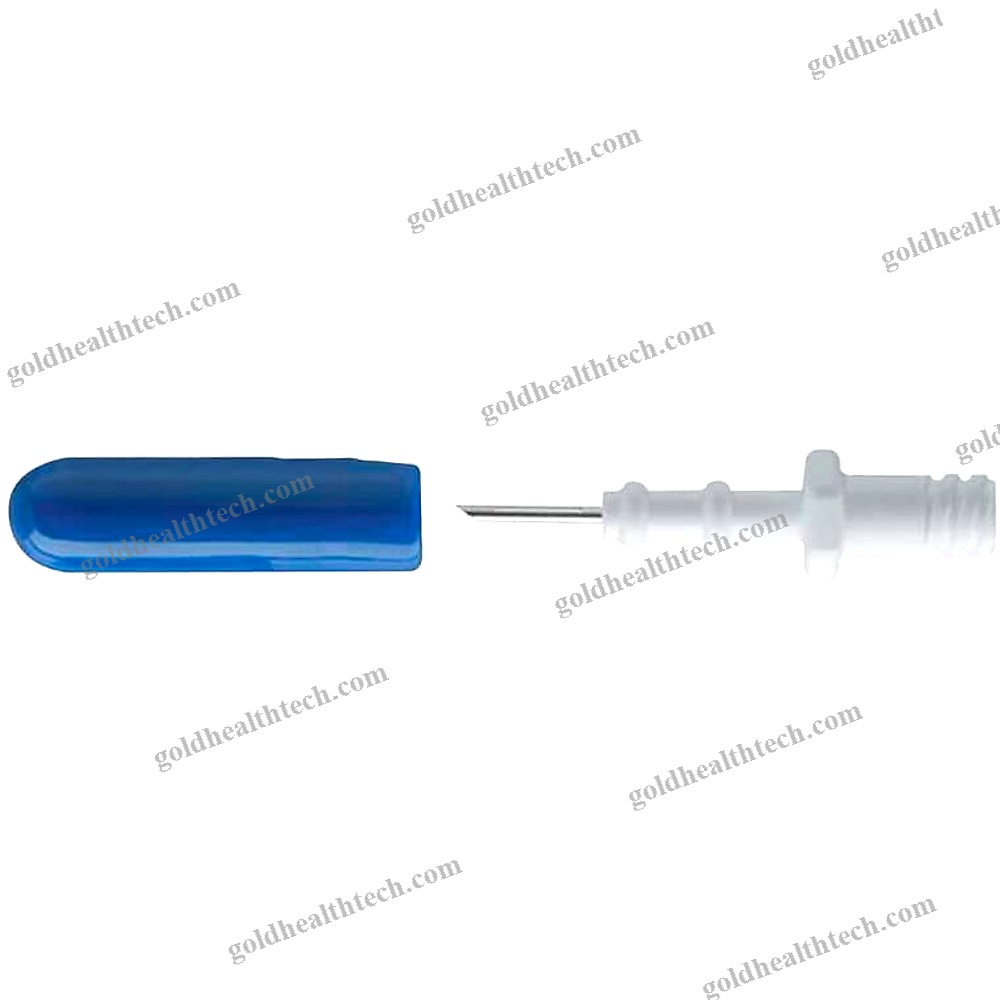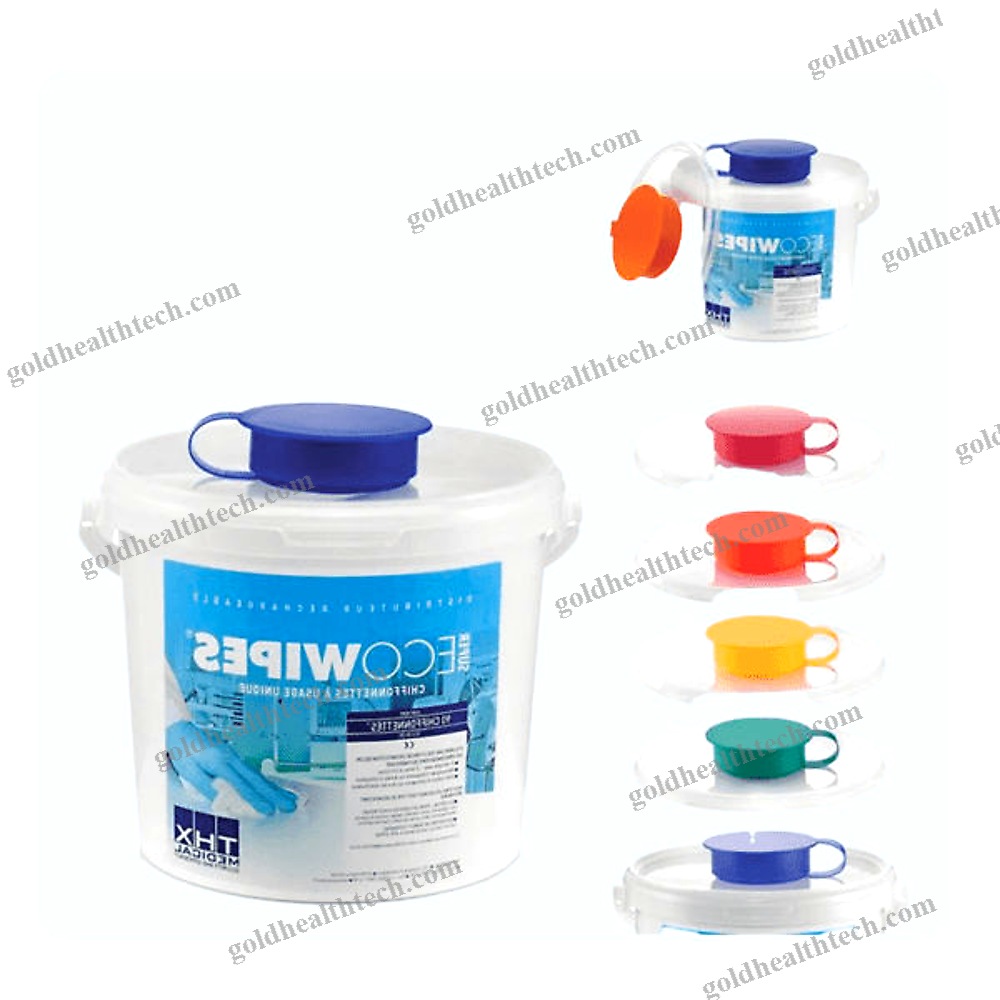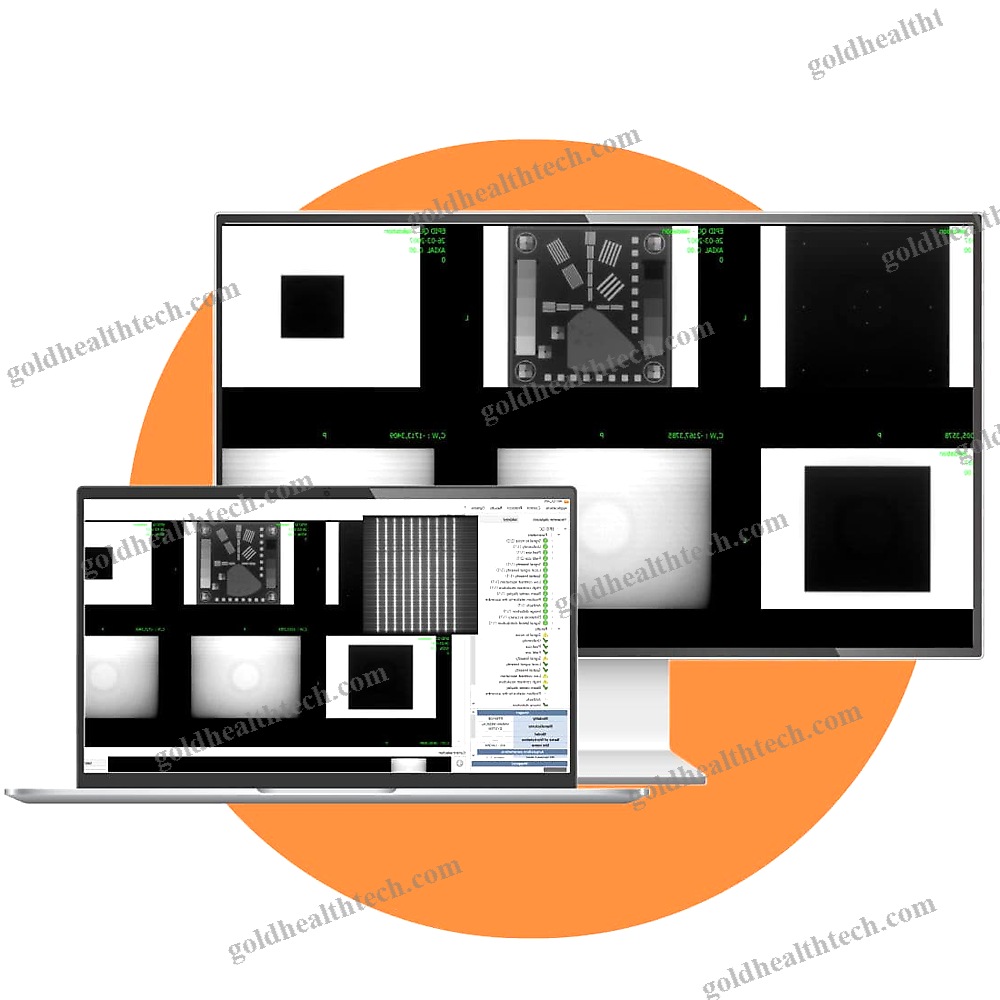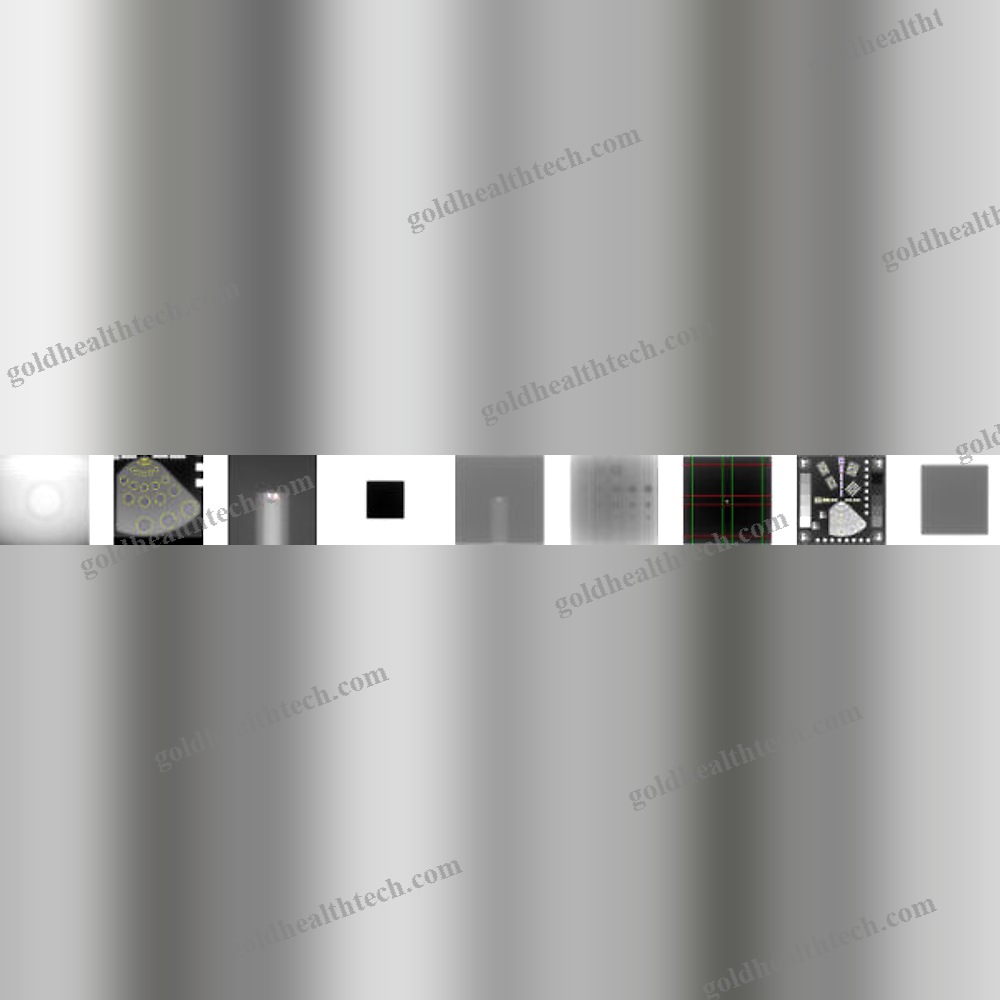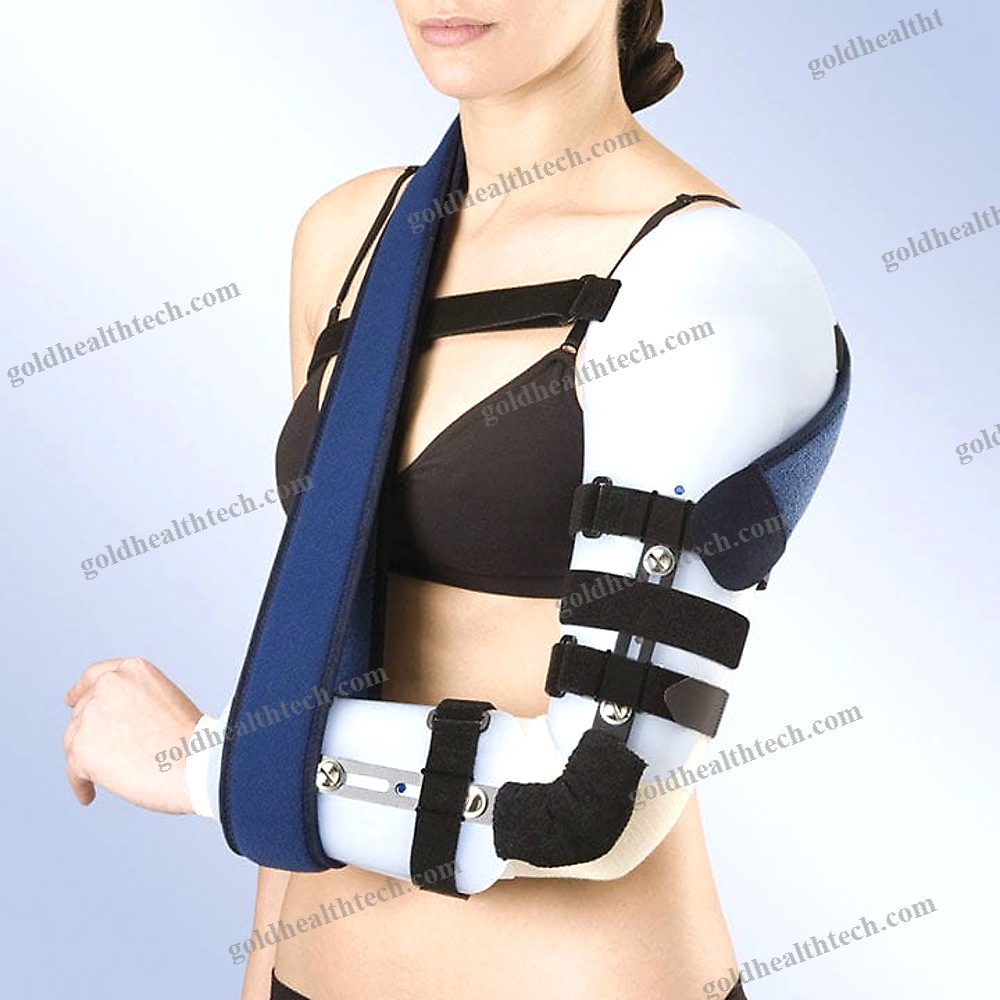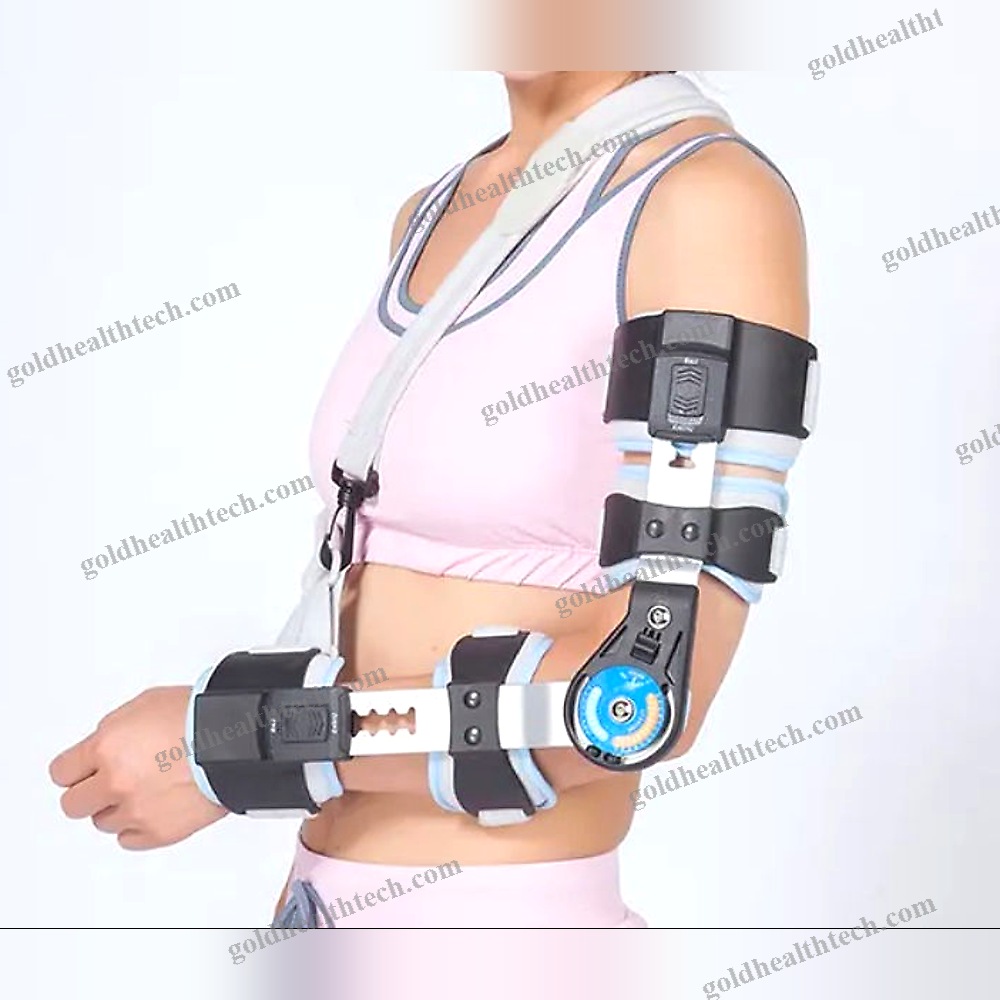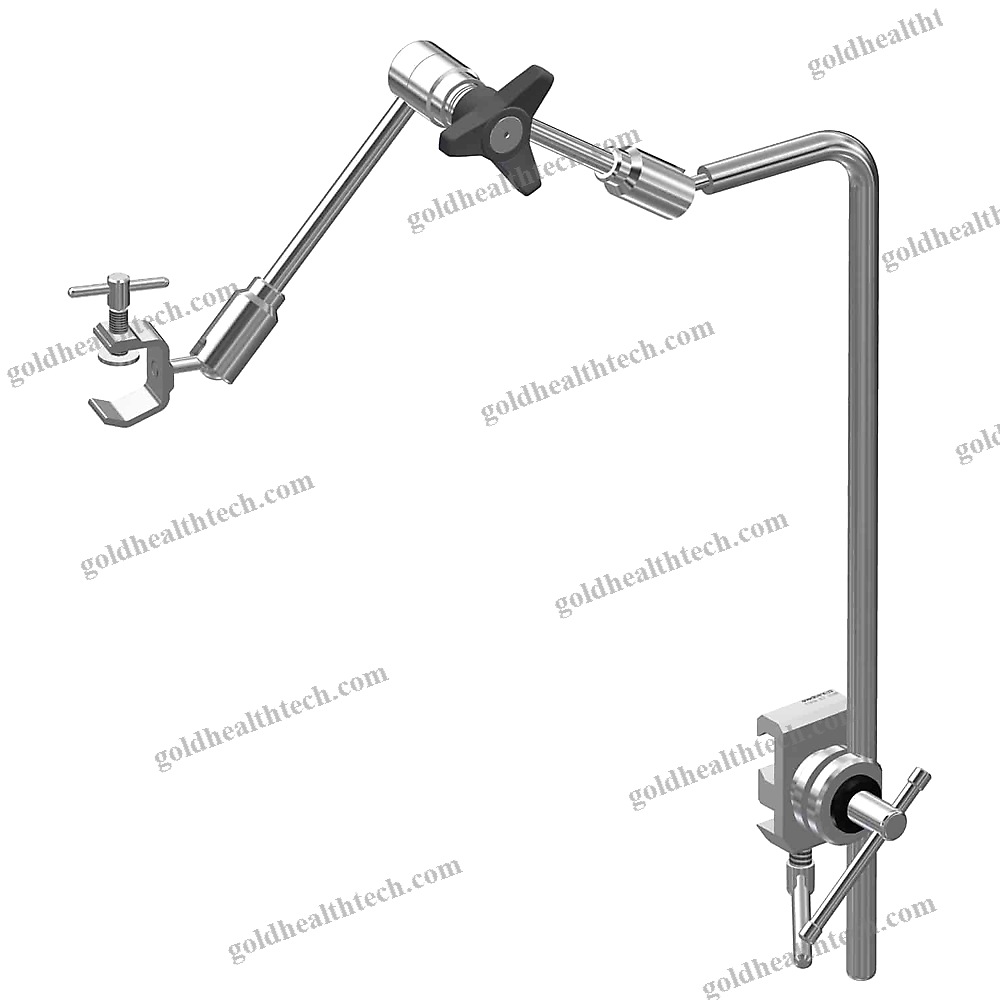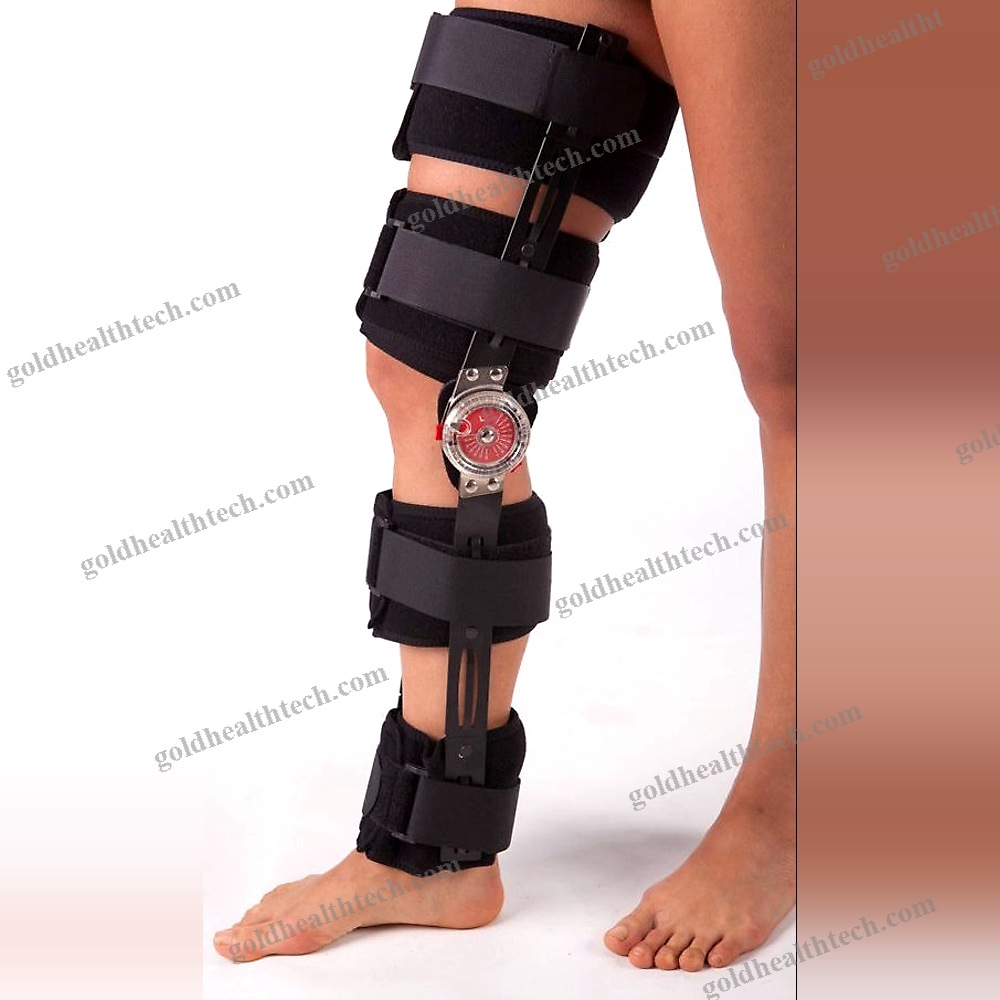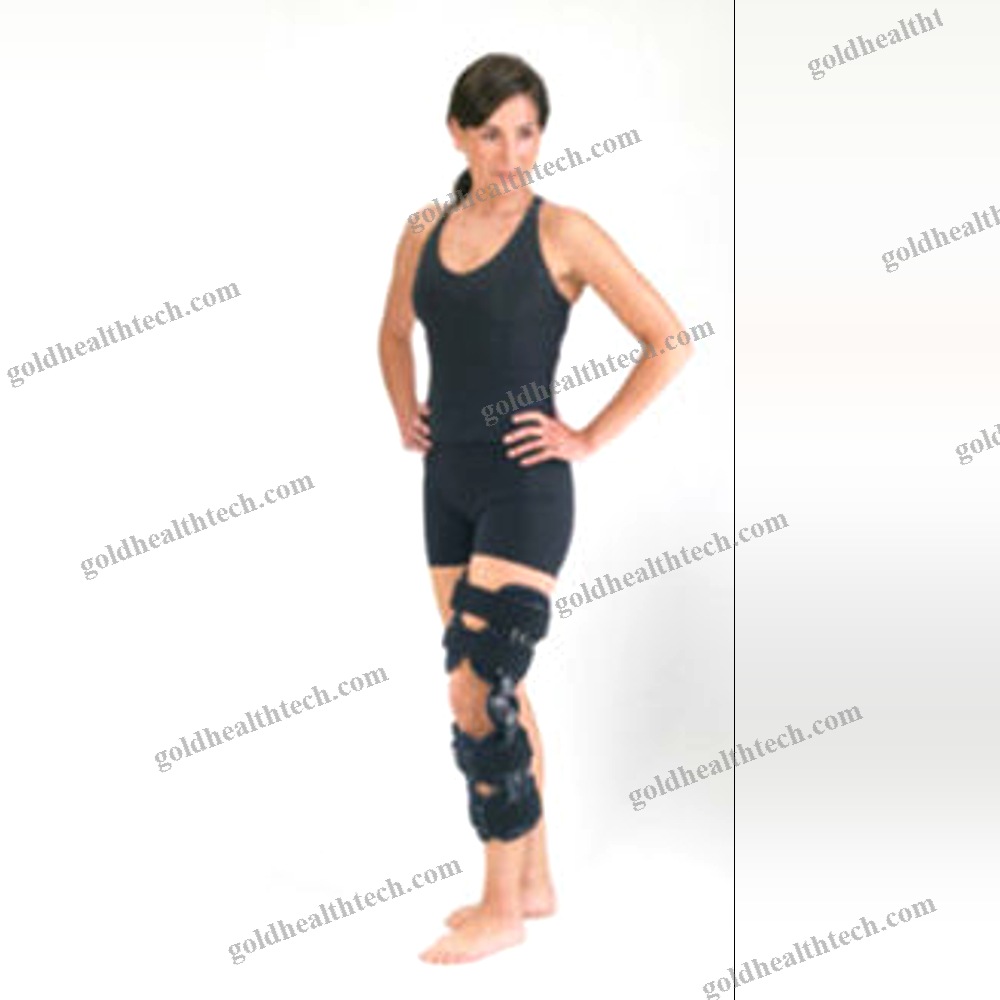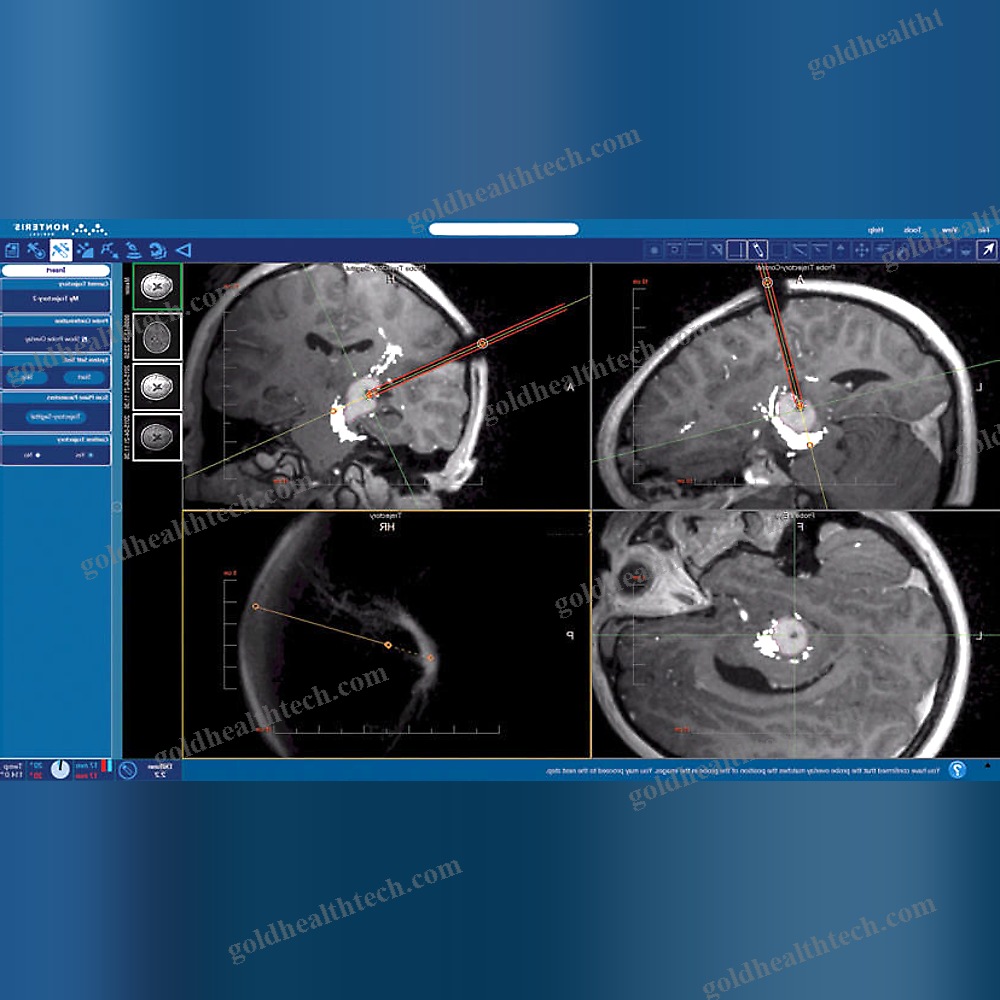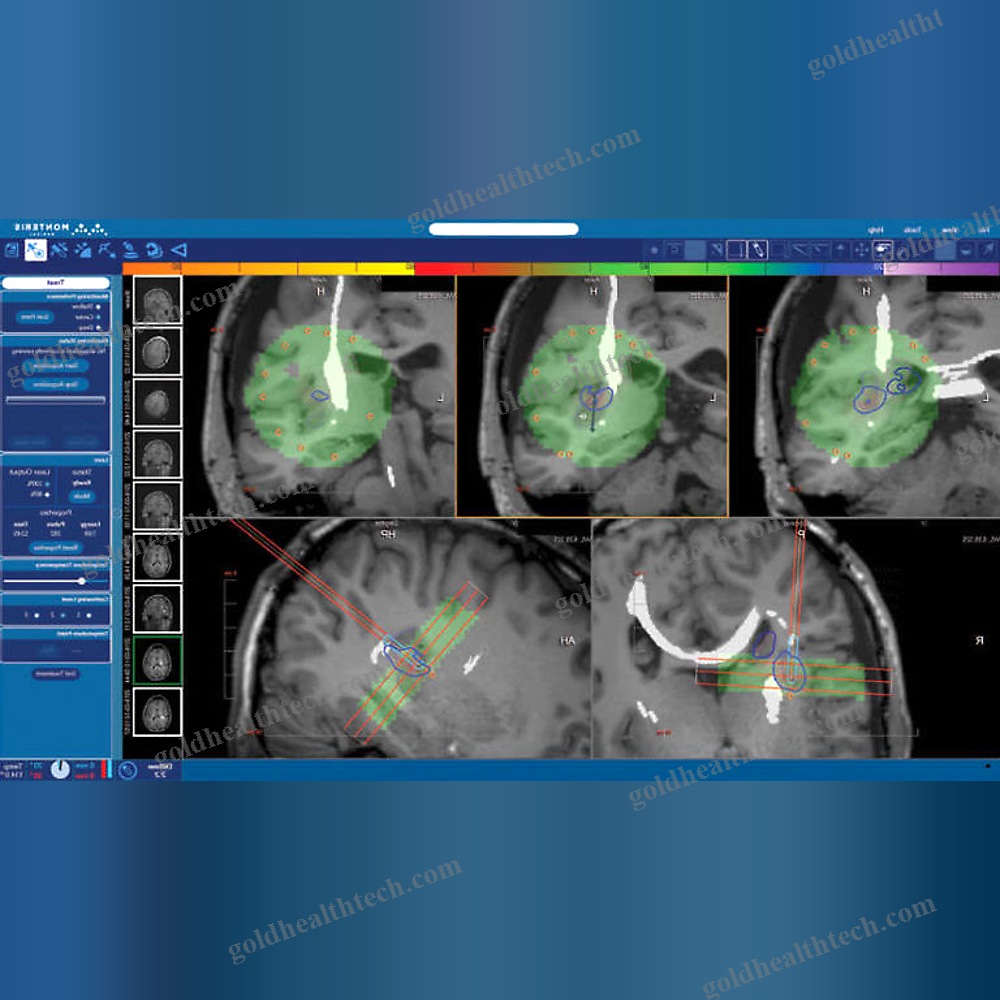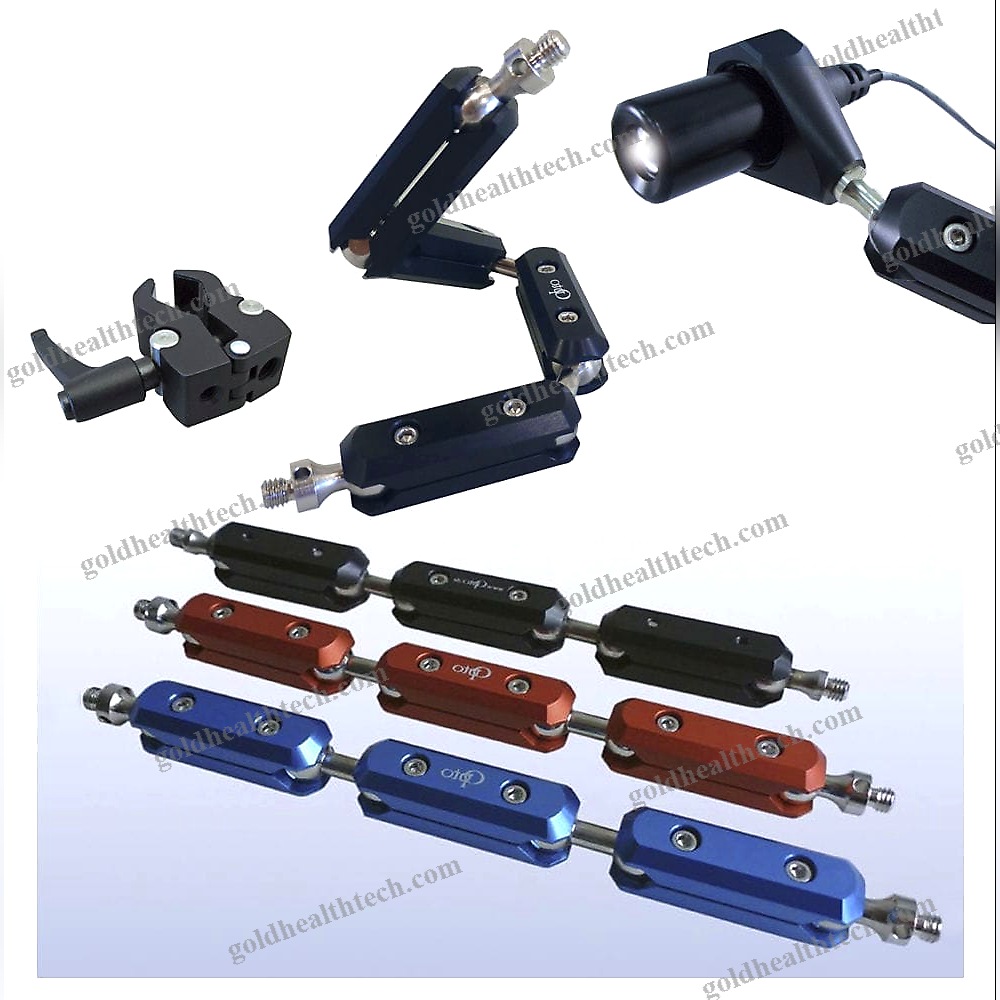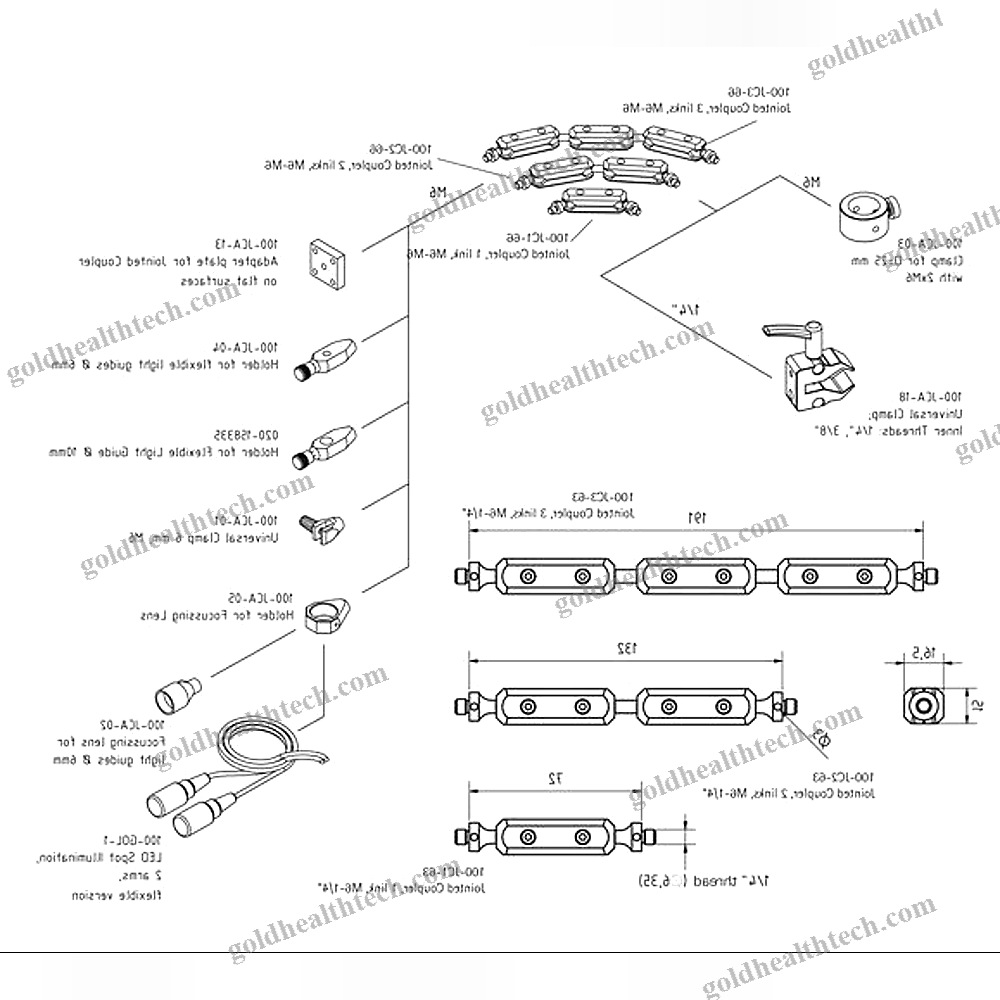Patient Positionning Robotic Arm
| Application | For Radiation Therapy, For Medical Imaging |
| Other Characteristics | Articulated |
| Function | Patient Positionning |
We provide a cutting-edge system with exacure that seamlessly integrates robotic patient positioning with supplementary modules for high-end radiation therapy. We have maintained a close partnership with the most distinguished research institutes and treatment centers in the field of radiotherapy for more than two decades.input:
output:The exacure system is the first certified patient positioning system that satisfies the rigorous standards of BNCT treatment. A neutron beam is employed to deposit radiation into tumor cells that have previously absorbed a boron-enriched drug in this therapy method. This allows for highly precise and localized treatment.input:
output:”The ultimate solution in patient positioning technology is necessary to precisely irradiate a tumor while preserving the surrounding healthy tissue.” The exacure system’s successful development was significantly influenced by the transfer of cutting-edge technology from industrial applications to medical robotics. – Matthias Buck, Managing DirectorBNCT is the acronym for the following:
The optimal treatment system for BNCT
In recent years, the development of compact accelerator-based neutron sources (CANS) has been a critical step in the advancement of boron neutron capture therapy (BNCT). These sources are now being installed in hospitals, which is a more suitable environment for clinical applications than a research reactor, where patients were previously treated with BNCT.input:
output:The requirements for CANS used in BNCT treatment are significantly more stringent than those for systems used in conventional radiotherapy due to the degradation of material properties by neutron irradiation. The irradiation of the components may restrict their lifetime or render them unsuitable for BNCT treatment, contingent upon the neutron spectrum.
Common Shipping and Delivery Considerations
- Packaging:
Medical devices need secure packaging to avoid damage during transit, including shock-absorbing materials or custom foam inserts. - Compliance with Regulations:
Ensure compliance with local and international standards (e.g., FDA, CE) and shipping regulations like Good Distribution Practice (GDP). - Temperature Control:
Some devices require temperature-controlled shipping (e.g., refrigerated trucks or special packaging) to maintain product integrity. - Tracking and Documentation:
Shipments should be tracked with necessary documents like invoices, certificates, and import/export paperwork. - Lead Time:
Plan ahead for lead times, which can vary depending on the equipment size and delivery location. - Insurance: Due to the high value of medical equipment, consider insurance to protect against loss or damage during transit.
- Customs and Import Regulations: Account for customs procedures and tariffs when shipping internationally, ensuring proper documentation.
- Special Handling:
Fragile or hazardous medical devices may require special handling, with clear labeling to ensure proper care. - Delivery Method:
Choose the appropriate shipping method (air, sea, or ground) depending on the equipment’s size, value, and urgency. - Returns and Reverse Logistics:
Have a clear process in place for returns, repairs, and warranty claims if necessary.
